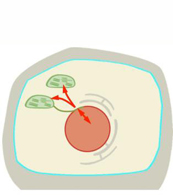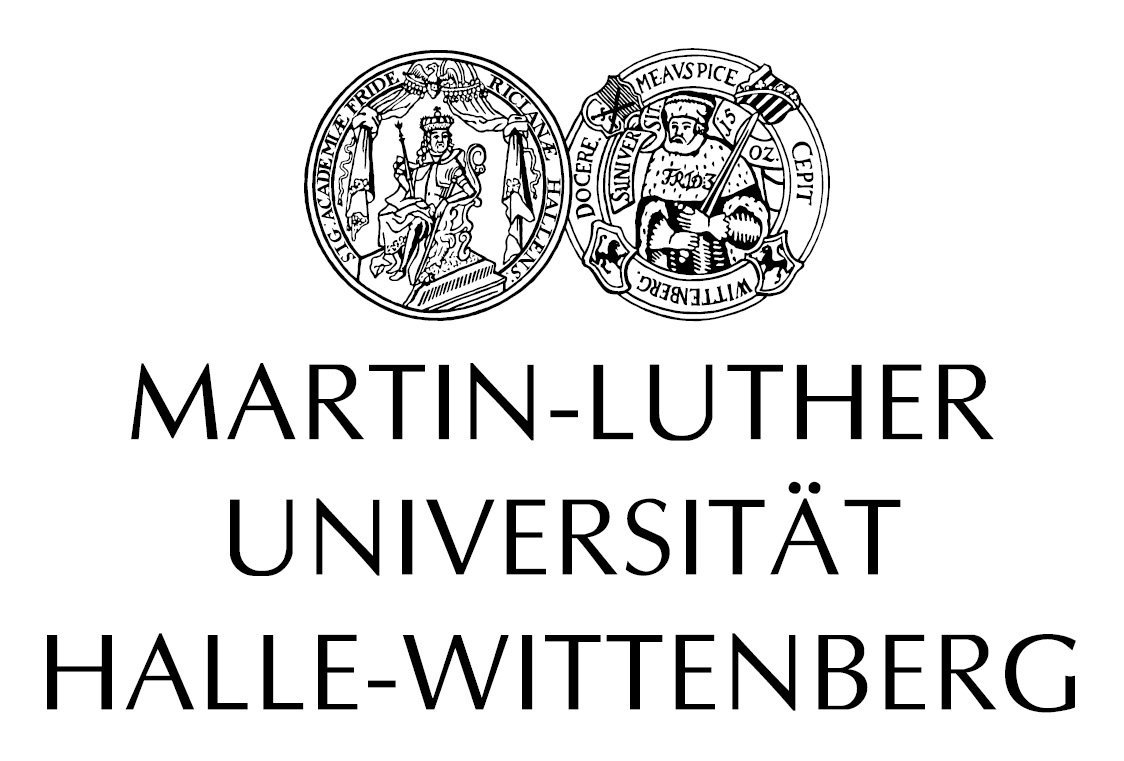// P03

Plastid-Nucleus Interactions Under Stress Conditions
Project Leader// Dr. Martin Schattat
Martin-Luther-University Halle-Wittenberg
Institute of Biology
Department of General Botany
Form and Dynamic of Plant Organelles
Plastids are essential plant cell organelles involved in numerous metabolic pathways requiring efficient molecular exchange across their envelope membranes. Recent evidence suggests that physical contact between plastids and other organelles facilitates this exchange. Envelope-derived stroma-filled tubules (stromules) may form specifically to increase the surface area available for such interactions, particularly with the nucleus.
In recent years, the proposed function of stromules has expanded. Current models suggest stromules play a critical role in coordinating contact between plastids and nuclei, leading to plastid-nucleus complex formation. In N. benthamiana, these complexes form specifically in response to stress conditions like pathogen attack, suggesting key roles in plant defense reactions. However, several critical questions remain:
1. What is the precise role of stromules in plastid-nucleus complex formation?
2. What molecular mechanisms and players drive this complex formation?
3. How conserved are these complexes across different land plant species?
4. What is the functional significance of these clusters?
Preliminary experiments challenge the current dogma, indicating plastid-nucleus interactions differ between the model species A. thaliana and N. benthamiana. In this project (RTG2498 subproject P03), the PhD candidate will investigate these interactions in both systems to address these fundamental questions.
Arabidopsis thaliana Research Focus
The candidate will:
- Utilize established time-lapse microscopy to analyze plastid-nucleus interactions over extended periods in response to various stresses
- Investigate these interactions in cell biology mutants to understand the roles of stromules and nuclear movement
- Analyze the molecular basis of these interactions using RNAseq to identify transcriptional changes associated with stromule formation and plastid-nucleus complexes
- Establish and analyze CRISPR mutant plant lines for candidate gene studies
Nicotiana benthamiana Research Focus
The candidate will:
- Examine stress-induced plastid cluster formation
- Build upon existing transcript data and cloned transcription factors
- Identify key molecular players through transient expression, CRISPR mutant analysis, and time-lapse microscopy
- Characterize a candidate protein regulating cluster formation and identify its interaction partners through affinity purification and mass spectrometry
Results from both species will be integrated to determine whether plastid cluster formation and plastid-nucleus interactions are conserved or species-specific, and to what extent the underlying mechanisms are shared.
Throughout the project, the candidate will extract quantitative data from imaging datasets using ImageJ/Fiji and Imaris, develop macro programming skills for customized image analysis, create multiple fluorescent marker constructs using Golden Gate cloning and the MoClo system, establish transgenic plant lines, and perform statistical analysis using R with documentation in LaTeX.


